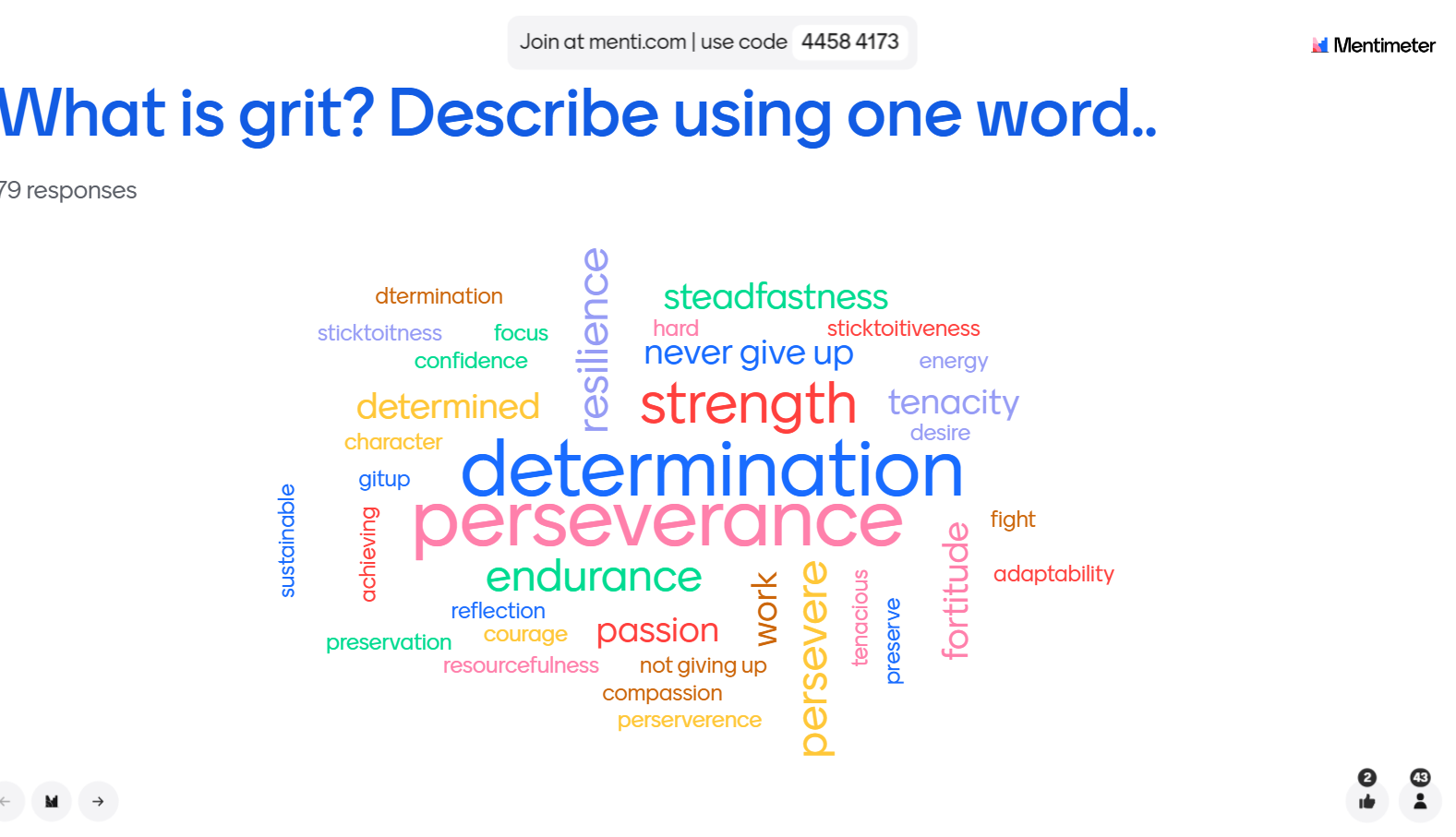How To Cut Your Preparation Time And Lower Stress

Because of Covid-19 and the staggering amount of preparation time required to start the new school year—whether online or in person—teachers are under enormous stress.
There is so much to do, and not enough hours in the day to do it.
There is, however, a helpful solution.
In the late 1980s, an Italian software developer named Francesco Cirillo created a way to shorten work-related tasks while producing better results.
And it’s remarkably effective. It’s called the Pomodoro Technique.
The way it works is simple.
Step#1
Decide on the work you need to accomplish. Make a list if you wish.
Step #2
Set a timer for 25 minutes. This block of time is called a pomodoro.
Step #3
Start the timer and then focus without distraction until the time is up.
Step #4
Take a 5-minute break.
Step #5
Repeat.
Step #6
After four pomodoros, if you need that many, take a break for at least 30 minutes.
Pro Tips
1. During each pomodoro, do not get bogged down. Keep the momentum going.
2. Do not work during your break under any circumstances. You need to recharge.
3. Go for a short walk, eat a snack, or do some light stretching between pomorodos.
3. It’s okay if your break lasts longer than five minutes, up to ten minutes is fine.
4. Protect your pomodoros at all costs. Let nothing short of emergency interrupt you.
Why it Works
The Pomodoro Technique works because it creates a powerful sense of urgency that is both highly motivating and maximally efficient. It keeps you sharp, fresh, and clear-headed.
It also guards against a phenomenon known as Parkinson’s Law.
Parkinson’s Law is the tendency to expand a task in complexity in relation to the time given for its completion. It’s the chief reason why we work harder and become more stressed than we ever need to.
Finally, because the Pomodoro Technique ensures that you’re at your best, and relying on your natural genius instead of ruminating over every decision, the product is much better.
You’ll find the technique tremendously helpful right off the bat.
Over time, however, and what is so cool about it is that it actually trains you to become smarter, faster, and more focused.
It trains you to devour the buffet of tasks that keep piling up on your plate, so that you can put them out of sight and mind and get on with your life.



